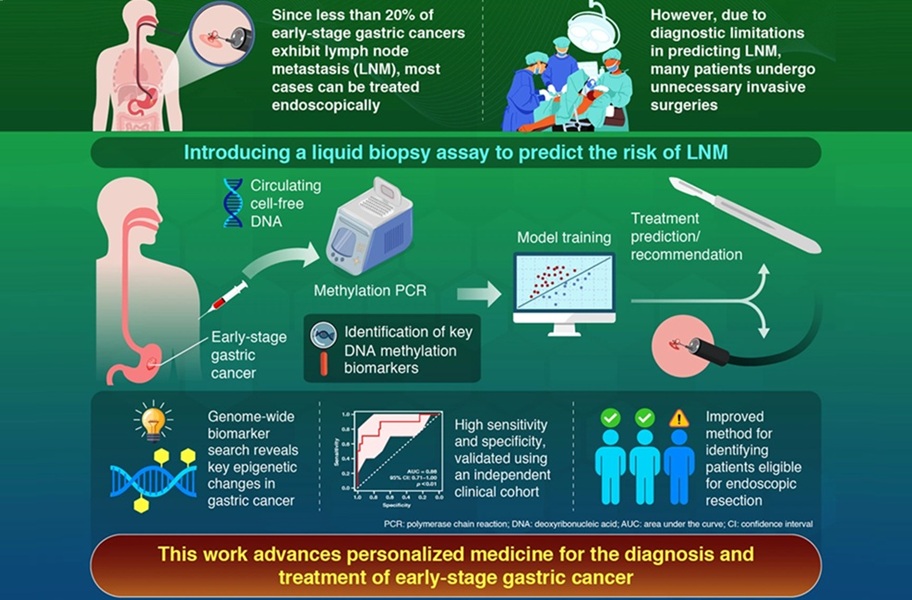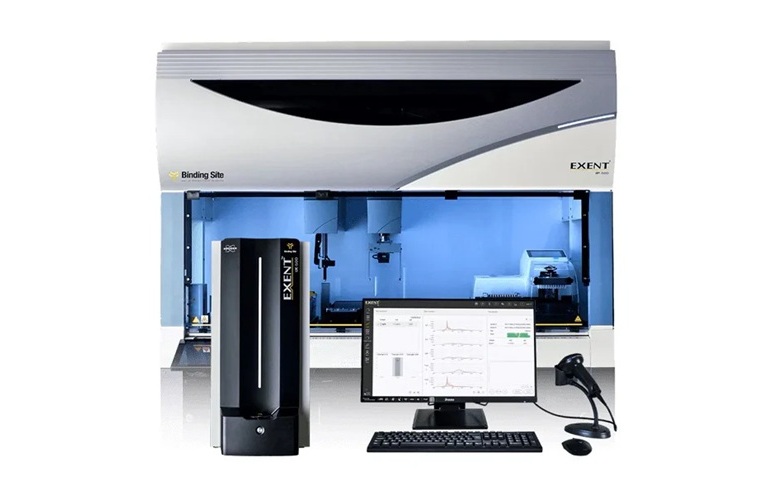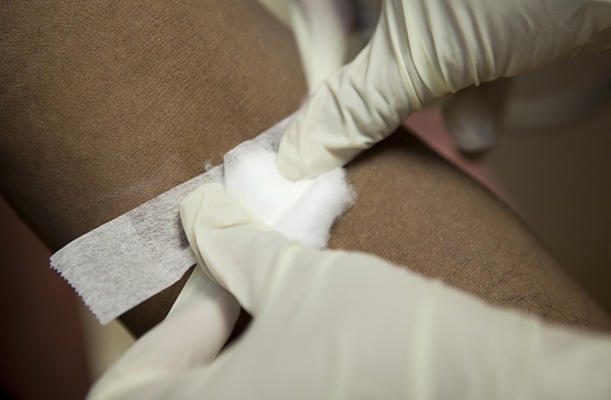New Systems Offer Cost-Effective Urinalysis at Any Lab Scale
|
By LabMedica International staff writers Posted on 22 Jul 2019 |
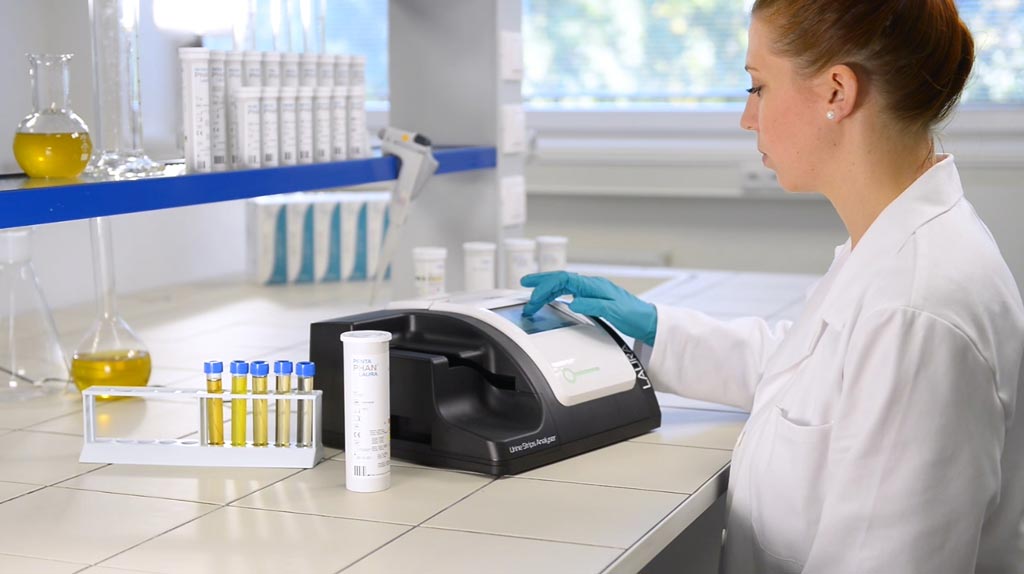
Image: The LAURA automated urine analyzer (Photo courtesy of Erba Mannheim).
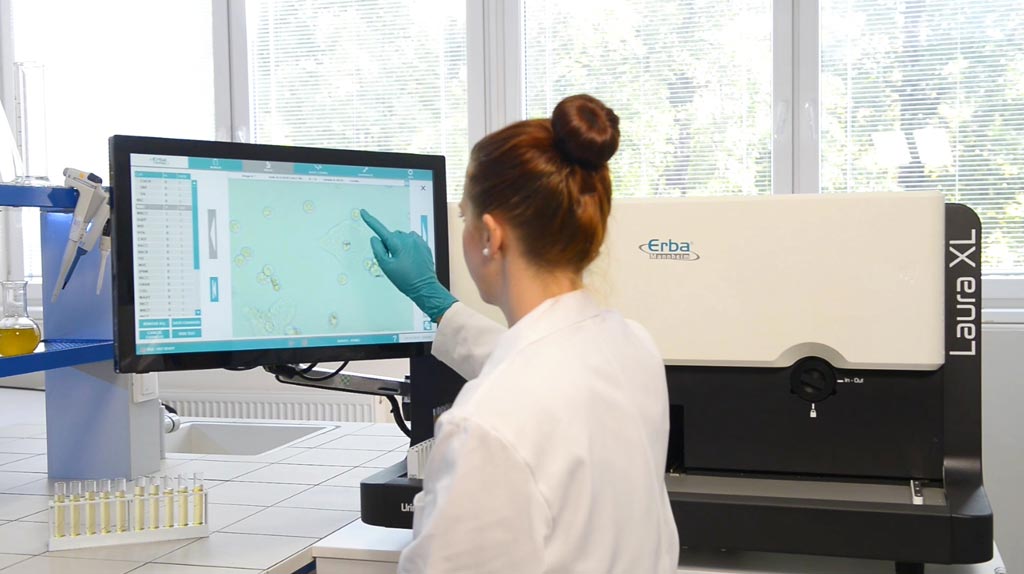
Image: The LAURA XL automated urine analyzer (Photo courtesy of Erba Mannheim).
With the growing prevalence of kidney-related diseases, proper screening and detection have become an increasing priority for clinicians. Two newly introduced systems, LAURA and LAURA XL, now aim to fill the need for such reliable, automated, and affordable urinalysis.
LAURA is a semi-automated strip reader using reflectance photometry for objective evaluation of color reactions on diagnostic pads. It offers evaluation of 12 clinically significant parameters: specific gravity, leukocytes, nitrites, pH, protein, glucose, ketones, urobilinogen, bilirubin, blood, microalbumin, and creatinine, as well as calculation of protein/creatinine ratio.
The instrument operates with continuous loading and throughput of 400 tests per hour. Convenient sample identification and data input via barcode reader and LIS connectivity minimize potential data management errors and reflect the need for increased efficiency and safety. The intuitive user interface has been designed to offer a broad range of optimized features such as results flagging and recommendation for additional sediment evaluation or customized reporting options.
Overall, the LAURA reader, with PHAN diagnostic strips and URINORM control urines, provides a complete solution to optimize laboratory workflow. This instrument offers affordable automation for smaller and mid-sized labs, or serves as reliable backup system for fully automated larger labs.
The LAURA XL is a fully automated urine analyzer combining trusted urine strip analysis and digital microscopy. It offers automatic evaluation of 10 chemistry parameters and 16 sediment categories. In addition, users can select from 16 manual and four customizable sediment categories. Concentration of sediment particles is achieved without centrifugation by gravitational sedimentation.
This is a very gentle technique preventing damage of fragile elements and allowing cost-effective measurement by replacing disposable cuvettes with a long-life, washable cuvette module. Due to clear high-resolution imagery, LAURA XL reduces the need for additional evaluation of results by visual microscopy.
The LAURA XL system - a powerful tool for larger labs looking for a high-performance solution to automate their routine urinalysis requirements - is delivered with special adaptors, which enable measurement of low volume samples - minimal volume for analysis of both urine chemistry and sediment is then 0.9 microliters of urine. It operates in three modes: chemistry only (180 tests/hour), sediment only (140 tests/hour), and hybrid (140 tests/hour).
The LAURA and LAURA XL clinical urinalysis systems were developed and are being introduced by Erba Mannheim (Mannheim, Germany), a global IVD company focused on delivering total solutions for clinical diagnostics.
LAURA is a semi-automated strip reader using reflectance photometry for objective evaluation of color reactions on diagnostic pads. It offers evaluation of 12 clinically significant parameters: specific gravity, leukocytes, nitrites, pH, protein, glucose, ketones, urobilinogen, bilirubin, blood, microalbumin, and creatinine, as well as calculation of protein/creatinine ratio.
The instrument operates with continuous loading and throughput of 400 tests per hour. Convenient sample identification and data input via barcode reader and LIS connectivity minimize potential data management errors and reflect the need for increased efficiency and safety. The intuitive user interface has been designed to offer a broad range of optimized features such as results flagging and recommendation for additional sediment evaluation or customized reporting options.
Overall, the LAURA reader, with PHAN diagnostic strips and URINORM control urines, provides a complete solution to optimize laboratory workflow. This instrument offers affordable automation for smaller and mid-sized labs, or serves as reliable backup system for fully automated larger labs.
The LAURA XL is a fully automated urine analyzer combining trusted urine strip analysis and digital microscopy. It offers automatic evaluation of 10 chemistry parameters and 16 sediment categories. In addition, users can select from 16 manual and four customizable sediment categories. Concentration of sediment particles is achieved without centrifugation by gravitational sedimentation.
This is a very gentle technique preventing damage of fragile elements and allowing cost-effective measurement by replacing disposable cuvettes with a long-life, washable cuvette module. Due to clear high-resolution imagery, LAURA XL reduces the need for additional evaluation of results by visual microscopy.
The LAURA XL system - a powerful tool for larger labs looking for a high-performance solution to automate their routine urinalysis requirements - is delivered with special adaptors, which enable measurement of low volume samples - minimal volume for analysis of both urine chemistry and sediment is then 0.9 microliters of urine. It operates in three modes: chemistry only (180 tests/hour), sediment only (140 tests/hour), and hybrid (140 tests/hour).
The LAURA and LAURA XL clinical urinalysis systems were developed and are being introduced by Erba Mannheim (Mannheim, Germany), a global IVD company focused on delivering total solutions for clinical diagnostics.
Latest Technology News
- AI Saliva Sensor Enables Early Detection of Head and Neck Cancer
- AI-Powered Biosensor Technology to Enable Breath Test for Lung Cancer Detection
- AI Model Achieves Breakthrough Accuracy in Ovarian Cancer Detection
- Portable Biosensor Diagnoses Psychiatric Disorders Using Saliva Samples
- Cell-Sorting Device Uses Electromagnetic Levitation to Precisely Direct Cell Movement

- Embedded GPU Platform Enables Rapid Blood Profiling for POC Diagnostics
- Viral Biosensor Test Simultaneously Detects Hepatitis and HIV
- Acoustofluidic Device to Transform Point-Of-Care sEV-Based Diagnostics
- AI Algorithm Assesses Progressive Decline in Kidney Function
Channels
Clinical Chemistry
view channel
Chemical Imaging Probe Could Track and Treat Prostate Cancer
Prostate cancer remains a leading cause of illness and death among men, with many patients eventually developing resistance to standard hormone-blocking therapies. These drugs often lose effectiveness... Read more
Mismatch Between Two Common Kidney Function Tests Indicates Serious Health Problems
Creatinine has long been the standard for measuring kidney filtration, while cystatin C — a protein produced by all human cells — has been recommended as a complementary marker because it is influenced... Read moreMolecular Diagnostics
view channel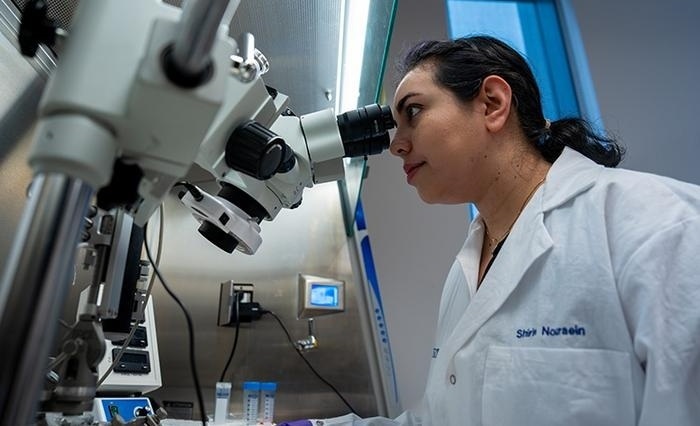
New Serum Marker-Editing Strategy to Improve Diagnosis of Neurological Diseases
Tracking gene-expression changes in the brain is crucial for understanding neurological diseases, yet current monitoring tools are invasive or unable to capture subtle activity shifts over time.... Read more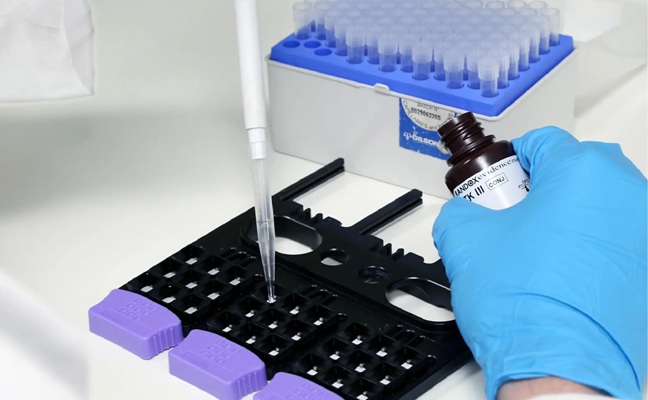
World’s First Genetic Type 1 Diabetes Risk Test Enables Early Detection
Type 1 Diabetes (T1D) affects more than eight million people worldwide, with numbers expected to rise sharply. While most cases are genetically driven, only one in ten patients has a family history, making... Read moreHematology
view channel
Platelet Activity Blood Test in Middle Age Could Identify Early Alzheimer’s Risk
Early detection of Alzheimer’s disease remains one of the biggest unmet needs in neurology, particularly because the biological changes underlying the disorder begin decades before memory symptoms appear.... Read more
Microvesicles Measurement Could Detect Vascular Injury in Sickle Cell Disease Patients
Assessing disease severity in sickle cell disease (SCD) remains challenging, especially when trying to predict hemolysis, vascular injury, and risk of complications such as vaso-occlusive crises.... Read more
ADLM’s New Coagulation Testing Guidance to Improve Care for Patients on Blood Thinners
Direct oral anticoagulants (DOACs) are one of the most common types of blood thinners. Patients take them to prevent a host of complications that could arise from blood clotting, including stroke, deep... Read moreImmunology
view channel
Gene Signature Test Predicts Response to Key Breast Cancer Treatment
DK4/6 inhibitors paired with hormone therapy have become a cornerstone treatment for advanced HR+/HER2– breast cancer, slowing tumor growth by blocking key proteins that drive cell division.... Read more
Chip Captures Cancer Cells from Blood to Help Select Right Breast Cancer Treatment
Ductal carcinoma in situ (DCIS) accounts for about a quarter of all breast cancer cases and generally carries a good prognosis. This non-invasive form of the disease may or may not become life-threatening.... Read moreMicrobiology
view channelRapid POC Tuberculosis Test Provides Results Within 15 Minutes
Tuberculosis remains one of the world’s deadliest infectious diseases, and reducing new cases depends on identifying individuals with latent infection before it progresses. Current diagnostic tools often... Read more
Rapid Assay Identifies Bloodstream Infection Pathogens Directly from Patient Samples
Bloodstream infections in sepsis progress quickly and demand rapid, precise diagnosis. Current blood-culture methods often take one to five days to identify the pathogen, leaving clinicians to treat blindly... Read morePathology
view channelAI Tool Outperforms Doctors in Spotting Blood Cell Abnormalities
Diagnosing blood disorders depends on recognizing subtle abnormalities in cell size, shape, and structure, yet this process is slow, subjective, and requires years of expert training. Even specialists... Read more
AI Tool Rapidly Analyzes Complex Cancer Images for Personalized Treatment
Complex digital biopsy images that typically take an expert pathologist up to 20 minutes to assess can now be analyzed in about one minute using a new artificial intelligence (AI) tool. The technology... Read moreIndustry
view channel
Abbott Acquires Cancer-Screening Company Exact Sciences
Abbott (Abbott Park, IL, USA) has entered into a definitive agreement to acquire Exact Sciences (Madison, WI, USA), enabling it to enter and lead in fast-growing cancer diagnostics segments.... Read more













